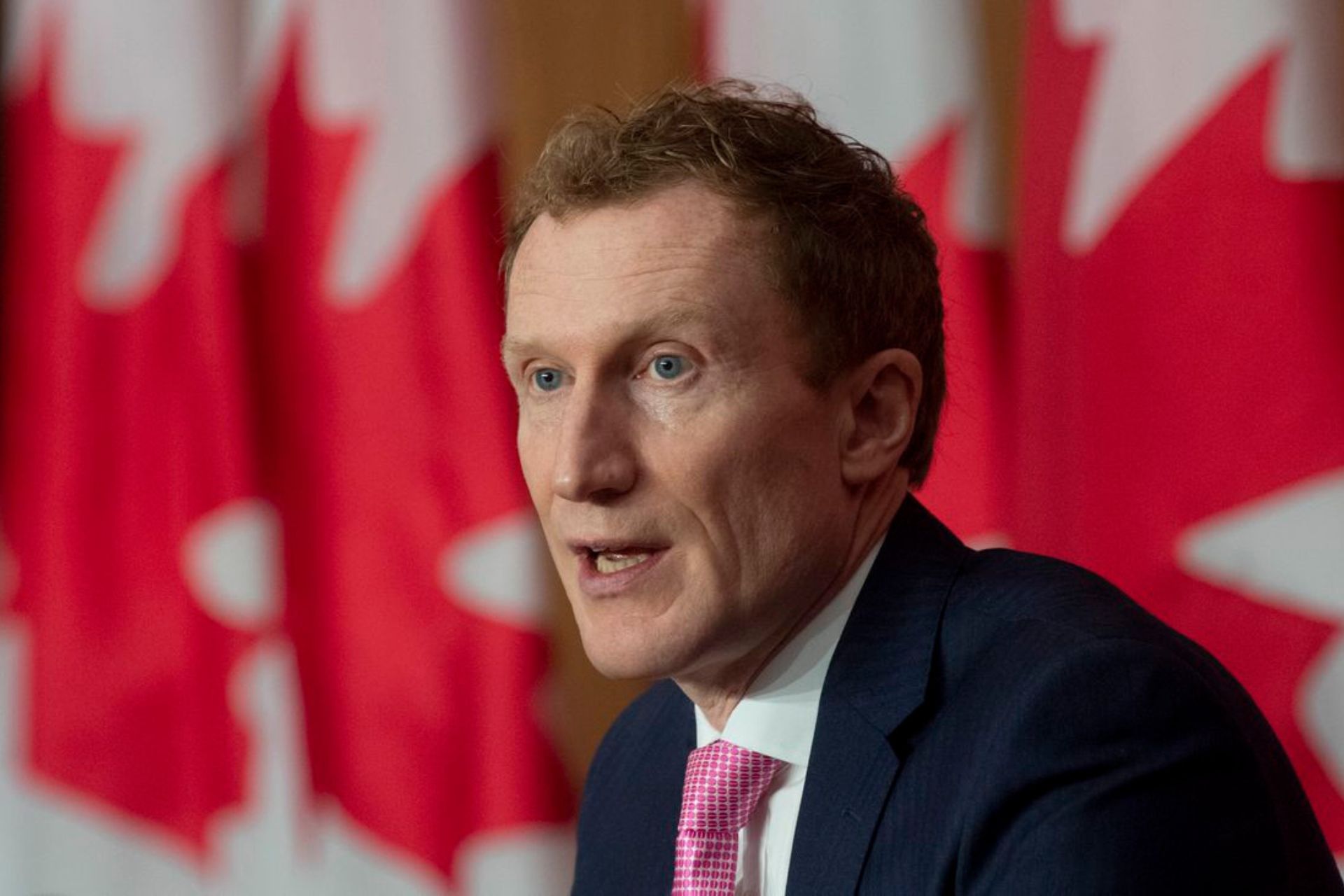- Winny Immigration and Education Services Ltd
- inquiry@winnyimmigration.com

In a significant cabinet reshuffle announced by Canada’s Prime Minister Justin on 26th July, major changes have been introduced to the government’s key portfolios. Among the notable appointments, Marc Miller, a Member of Parliament from Quebec, has been appointed as the new Immigration Minister of Canada. The former Immigration Minister, Sean Fraser, will now take on the responsibility of Minister of Housing, Infrastructure, and Communities.
Marc Miller brings a diverse background to his new role as the Immigration Minister. Elected to Canada’s Parliament in 2015, Miller has an extensive professional history, having previously served as a practicing lawyer and a member of the Canadian Armed Forces. Born and raised in Montreal, he holds two degrees from the Université de Montréal, one in Political Science, and a law degree from McGill University.
As part of Canada’s cabinet, ministers play a crucial role in pursuing and communicating the federal government’s policy priorities. Cabinet shuffles are a routine practice, often occurring every two years, allowing the Prime Minister to replace underperforming ministers, acknowledge the achievements of capable leaders, and rejuvenate policies and public communication strategies.
The last major cabinet shuffle took place in October 2021, following the federal election of that year, during which Sean Fraser was appointed as Canada’s Immigration Minister, heading the Department of Immigration, Refugees, and Citizenship Canada (IRCC).
Under Prime Minister Trudeau’s leadership since November 2015, Canada has adopted a more robust approach to immigration levels. Traditionally, Canada welcomed around 250,000 new permanent residents annually. However, under Trudeau’s leadership, the country increased its intake to 300,000 per year, and further to 340,000 per year just before the pandemic struck. Amid the pandemic, Canada raised its targets to over 400,000 new permanent residents annually. Looking ahead, under the Immigration Levels Plan 2023-2025, Canada aims to welcome an impressive 500,000 permanent residents each year by 2025.
This surge in immigration levels is driven by Canada’s aging population and low birth rate. As approximately 9 million baby boomers in the country approach the age of 65 within the next decade, immigration is seen as a vital measure to strengthen Canada’s economy and fiscal position. This push aligns with Canada’s historically low unemployment rates and remarkably high job vacancy rates.
After a significant cabinet shuffle, the Prime Minister may issue new mandate letters to the cabinet, outlining each minister’s specific focus and responsibilities during their tenure.
In December 2021, Trudeau provided Sean Fraser with a list of immigration policies to prioritize. These policies included increasing immigration levels, streamlining application processing for newcomers, reforming the Express Entry system, enhancing family reunification, and promoting francophone immigration to Canada.
Since then, Fraser has implemented various measures to address these priorities. For instance, Canada has recently introduced category-based selection for Express Entry, strategically boosting francophone immigration and fulfilling various economic objectives. Additionally, in late May, Fraser announced measures aimed at facilitating family reunification in Canada, further strengthening the country’s commitment to supporting families.
As Canada’s new Immigration Minister, Marc Miller now holds a pivotal role in shaping the nation’s immigration policies and fostering a diverse and prosperous future for Canada.